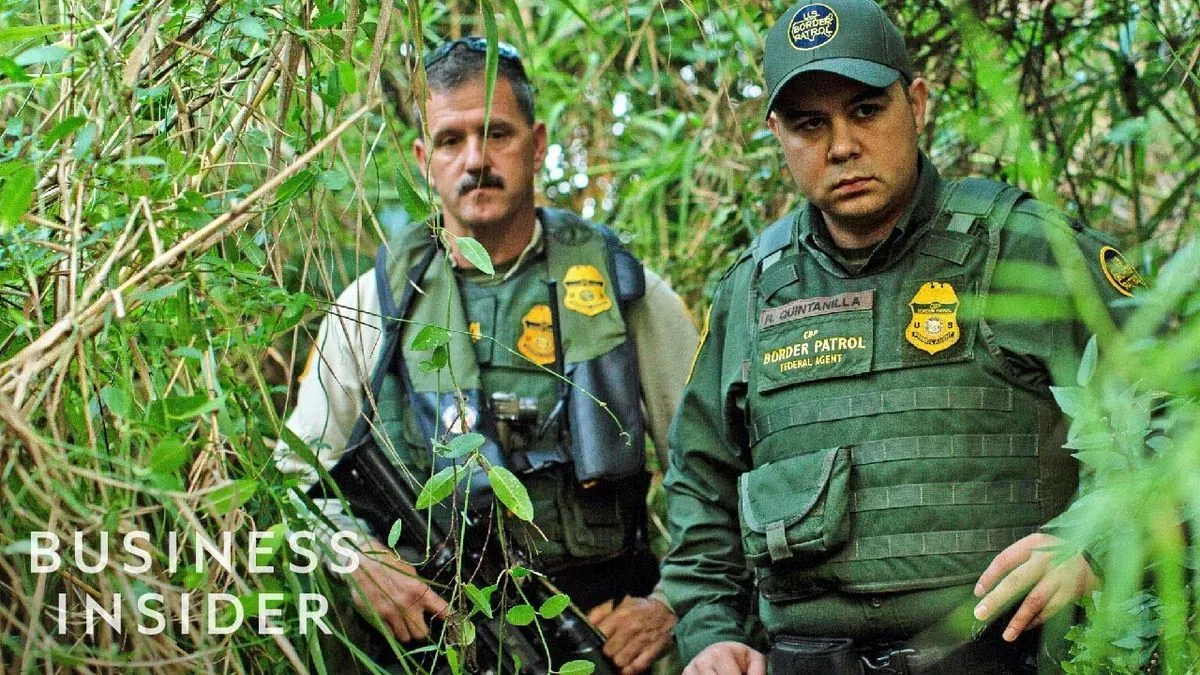In August 2023, the U.S. Border Patrol documented a minor uptick in arrests for unauthorized border crossings from Mexico, concluding a five-month period of consistent decreases. This development suggests a potential stabilization in migration patterns along the 1,954-mile (3,145 km) U.S.-Mexico border.
According to U.S. Customs and Border Protection (CBP) data, law enforcement officials apprehended 58,038 individuals attempting to cross the border illegally during August 2023. This figure represents a 2.9% increase from the 56,399 arrests recorded in July 2023. Despite this slight rise, the numbers remain significantly lower than the record-breaking 250,000 arrests reported in December 2022.
Troy Miller, acting CBP commissioner, emphasized the government's commitment to enforcing consequences for unauthorized entry. This stance aligns with measures implemented in June 2023, which included provisions to suspend asylum applications under specific circumstances.
The Biden administration has faced persistent criticism from Republican opponents regarding border management. In response, the White House has highlighted its efforts to address the situation. Angelo Fernández Hernández, a White House spokesperson, stated that the administration has taken effective action while criticizing Republican officials for inaction.
To manage migration more effectively, the U.S. government has introduced new legal entry pathways. The CBP One app, launched in January 2023, has facilitated the legal entry of approximately 813,000 individuals from Mexico as of August 2023. Additionally, nearly 530,000 people from Cuba, Haiti, Nicaragua, and Venezuela have entered the country legally through airports using an online application process with financial sponsorship.
Despite these initiatives, some Republican critics argue that these new pathways merely shift the problem rather than solving it. They contend that the expanded legal options serve as a "shell game" to artificially reduce illegal crossing statistics.
The Border Patrol, established in 1924, continues to face challenges in managing key crossing points. San Diego, which includes the world's busiest land border crossing at San Ysidro, remains the most active corridor for unauthorized crossings. El Paso, Texas, and Tucson, Arizona, follow closely behind in terms of illegal entry attempts.
As of September 2024, approximately 13 months after these reported statistics, the situation at the U.S.-Mexico border remains a complex and evolving issue. The Department of Homeland Security, created in 2002 to oversee border security, continues to adapt its strategies to address the multifaceted challenges of immigration and border control.
"The Biden-Harris Administration has taken effective action, and Republican officials continue to do nothing."
The ongoing debate surrounding border security and immigration policy reflects the broader historical context of U.S. immigration law. From the first comprehensive Immigration Act of 1882 to the Immigration and Nationality Act of 1965, which abolished national-origin quotas, the nation has continually grappled with these issues. As the U.S. moves forward, balancing security concerns with humanitarian considerations remains a critical challenge for policymakers and border enforcement agencies alike.
